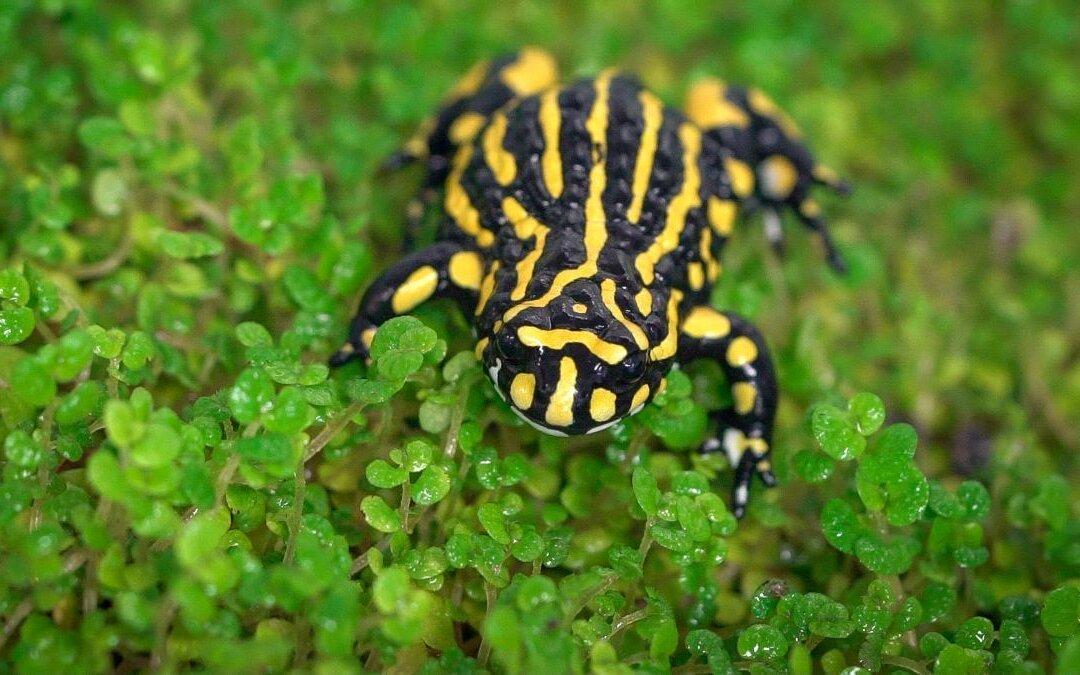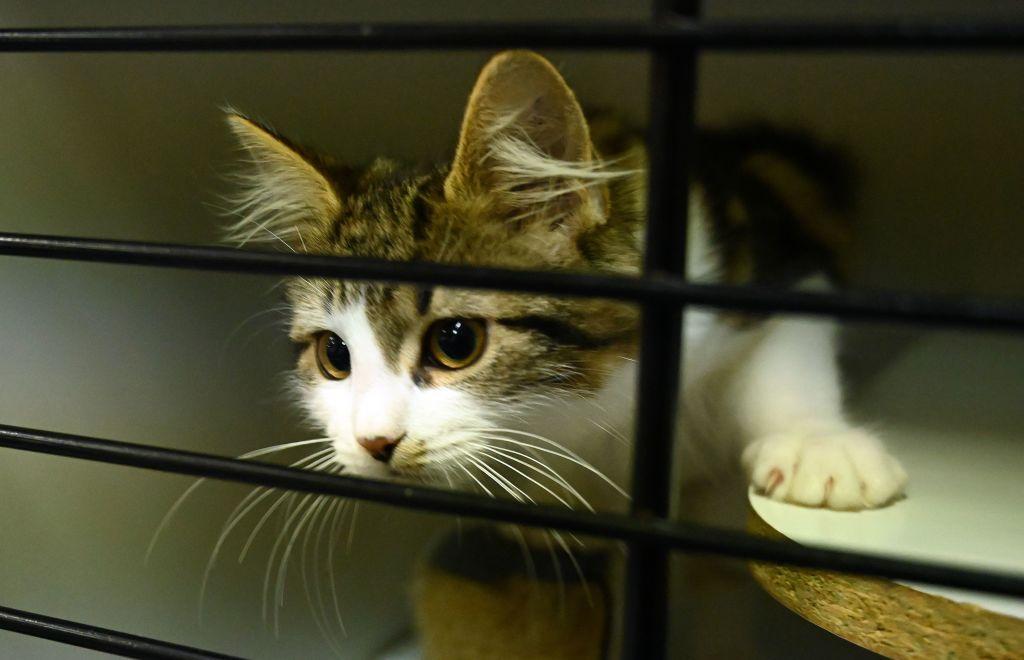One hundred Southern Corroboree frogs—a critically endangered Australian frog species—have returned to their native home in an Australian mountain range known as the Snowy Mountains.
Kosciuszko National Park in the Snowy Mountains will establish the new frog population in a purpose-built field enclosure designed to protect and observe the frogs. The enclosure features irrigation systems to prevent bush fires and remote cameras to monitor them.




